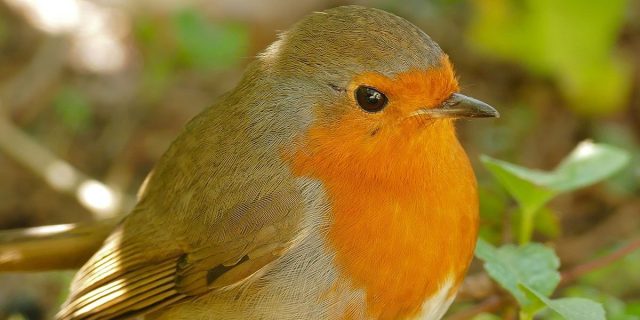19
May
Agricultural Pesticide Use the Primary Driver of Bird Declines in Europe

(Beyond Pesticides, May 19, 2023) Agricultural intensification is the leading factor driving declines in bird populations across Europe, according to research published in the Proceedings of the National Academy of Sciences (PNAS) this week. Among all potential anthropogenic impacts, agricultural intensification, in particular pesticide and fertilizer use, was found to be more dramatic than forest alterations, urbanization, and climate change. “I don’t think a study has looked at all these factors in one go, in such a sophisticated fashion, correcting for one variable alongside another; and it comes out with a very clear message,” lead author Richard Gregory, PhD, of UK nonprofit The Royal Society for the Protection of Birds, told The Guardian.
Researchers utilized data dating back to the early-1980s, including annual bird surveys and national and supranational analyses, as well as information on land use cover, farm inputs, and temperature changes within the time frame. Bird habitat and ecological traits were also considered in the context of declines, and a statistical analysis aided researchers in capturing trends over time.
Results confirmed that birds are overall experiencing significant declines in Europe, with data recording 25% losses in bird abundance since 1980. However, certain groups of birds are faring worse than others. Birds found in and among farmlands have experienced the brunt of the declines, recording a roughly 57% decline during the study period. By contrast, birds in urban areas have declined by approximately 28% and those that make their habitat in woodland areas have seen 18% population losses. Perhaps unsurprisingly in the context of a warming climate, cold hardy birds are having a tougher time than birds that inhabit warm environments, comparing declines at roughly 40% and 17%, respectively. The authors note that universal declines are being seen in both farmland and cold hardy birds.
It follows that different anthropogenic drivers are most prevalent in different locations. Temperature change, for instance, is occurring faster at higher latitudes, placing cold hardy birds in those areas at increased risk. And the impacts of urbanization and agricultural intensification are found to be most dramatic in western Europe, compared to the eastern part of the continent.
The author’s trend analysis indicates that agricultural intensification is resulting in the greatest bird population declines, followed by urbanization and temperature change. Changes in forest cover were not related to changes one way or another in common birds. The paper notes that based on certain bird traits, anthropogenic pressures may harm some species, but improve the outlook for others. For instance, temperature increases are negative for cold dwelling and farmland species, but positive for hot dwellers and woodland species.
Utilizing this robust dataset, researchers arrived at strong conclusions, noting, “Our results do not simply quantify correlations, but our analytical design is meant to strive for more quasicausal responses of bird populations to global change drivers.”
Researchers found that pesticide use significantly degrades the quality of food and habitat available for a range of bird species. These findings are buttressed by data showing that in small countries with lower levels of agricultural intensification, and smaller farms, have more robust bird populations than other small countries with more land under agricultural production.
The scientists issue a charge for policymakers and regulators clearly. “Considering both the overwhelming negative impact of agricultural intensification and the homogenization introduced by temperature and land-use changes, our results suggest that the fate of common European bird populations depends on the rapid implementation of transformative change in European societies, and especially in agricultural reform,” the paper reads.
Europe, for its part, has been engaged in an effort to significantly cut its use of pesticides and reform its agricultural sector through the Farm to Fork initiative, which includes a 50% reduction in the use of hazardous chemical pesticides by 2030. While Europe attempts to address this key driver of bird and biodiversity decline, the United States has worked to stifle efforts in Europe and at home that would reduce the use of dangerous synthetic pesticides.
All unattributed positions and opinions in this piece are those of Beyond Pesticides.
Source: Proceedings of the National Academy of Sciences (PNAS), The Guardian
Image Source: Wikipedia










